The dawn chorus was in full, melodic flow as I left home in darkness. Arriving at Slapton, I could see that I was not the only early-riser: two folk standing outside what looked like a small campervan, a well-wrapped up lady walking a large dog, and a figure on the beach, deftly casting a fishing line over churning waves into the restless sea. Grateful for the flask of tea I had thought to bring, I warmed my hands around the cup and looked to the horizon. A low bank of cloud squatted there so my hopes of a spectacular Easter morning sunrise were not high. With the tide close inshore, the boom, crash and shingle-sucking hiss of waves filled my ears. Scanning the horizon, I panned north to the jagged outcrops around the Mewstone, then south to Start Point lighthouse, and back again to where mauve and orange streaked the sky. Above the silvered sea, a deep crimson gash had just cut through the cloud.
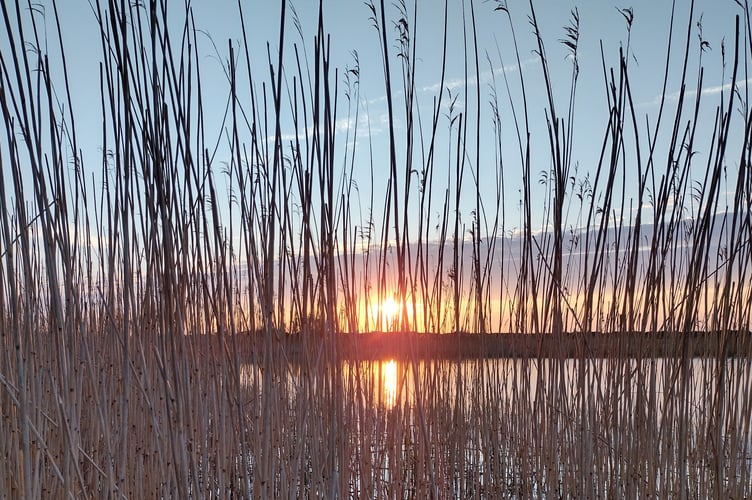
As the sun climbed, it appeared to bulge and distort, light rays warped and scattered by atmosphere and haze, almost as if it were scrunching and stretching from a deep oceanic sleep. Sunrise is a blessing; a sea sunrise, doubly so. Refreshed and uplifted, I prepared to move on but a disturbance in the car park caught my eye. The lady with the dog had returned to her car, re-emerging with a plastic bag from which she had begun to Frisbee slices of bread around the car park, attracting a cacophony of gulls and crows. Dumfounded, I watched as she emptied the bag, went back to the car and drove away. After only a few pecks and grabs, the bread lay abandoned so I went over and gathered up what must have been half a loaf of white bread, slipping it into the bin. I felt a little guilty, guessing that this had been a kindly-intentioned act on the woman’s part; also disappointed, that all the messages about how feeding birds with ultra-processed food is as nutritionally disastrous for them as it is for us; and how the act of feeding them can encourage aggressive behaviour in these public places. It all rather dampened my spirits.

Standing on Slapton Bridge, I took a deep breath, prayed for an otter sighting, and focussed on the birdsong. Picking out individual calls, I identified the scratchy, repetitive burble of reed warbler; the jerky confusion of tweets, chirrups and whistles of sedge warbler; and the building, explosive song of cetti’s warbler. A harsh ‘kraak’ rose from the far side of the reedbeds and a silhouetted egret sailed across the sun. Squinting, I could only guess at which species. Moving into the reserve, unseen birds enveloped me in a symphonic soundscape, evoking woodland, wetland, reed-bed and open water, each to their own habitat; staking out territories, wooing mates and shooing rivals.

Edging out on a wooden platform through an area of reedbed, I thought hopefully of otters once more. A small group of tufted ducks, some Canada geese and a distant pair of great crested grebes ruffled the water; no otters again. My wait would continue. Reedbeds are magical places, filled with whispers and secretive creatures. Even in their winter nakedness, the slender reed-stems hid their occupants. Just emerging from the dark water, leafy shoots of this season’s reeds would soon grow rapidly into a dense grass forest.
A little further around the Ley’s edge, I stopped to watch the grebes. There were two pairs now, their splendid crests standing out against the pale water. As if by some silent signal, both would suddenly dip down and dive out of sight. Emerging closer inshore, I could admire their strikingly elegant plumage through binoculars, reflected and shimmered by ripples and interference patterns on the water’s surface.
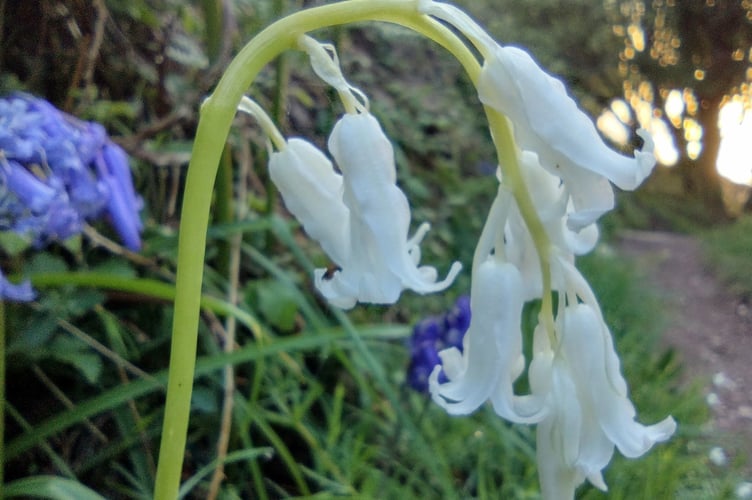
Scrambling up a steep wooded path, the hyacinth scent of bluebells grew stronger and stronger, mingling with the earthy fragrance of rain-soaked soil. Suddenly, amidst the intense blues and greens, a snow white bluebell stood out in glorious contrast; one of nature’s surprises!
Approaching Ireland Bay, another solitary white inhabitant caught my eye and this time the sun was on my side. A great white egret with yellow dagger-bill let out a harsh cry, spreading its wings and soaring away, its black-toed feet clearly visible, tucked up against its streamlined body. Close behind, a grey heron rose up and followed.
The rest of my walk was filled with little wonders; a glade resounding with the thrice-repeated phrases of a song thrush, golden backlit sedge flowers, and an amorous moorhen chasing another around a willow tree half-submerged in water, soup-thick with duckweed. Finally, as I reached my car, the distinctive call of a cirl bunting; a conservation success story for our beautiful South Hams.
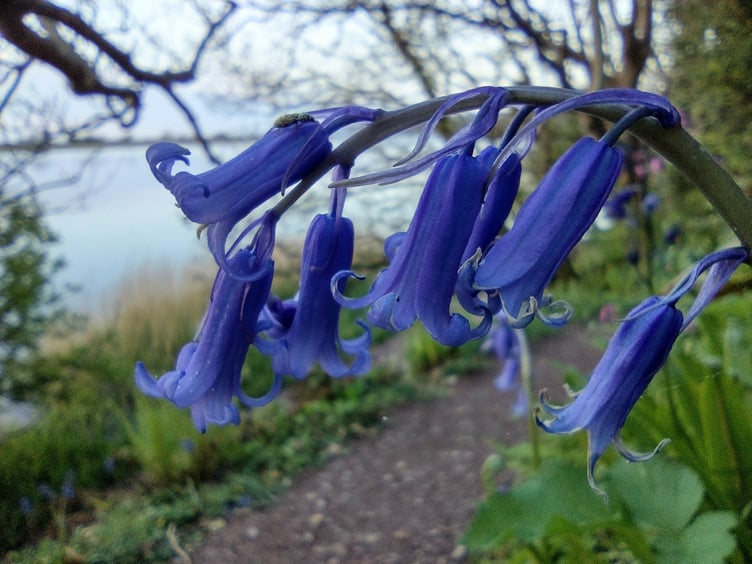
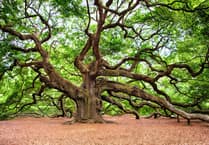
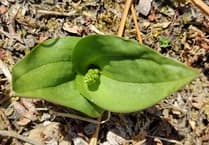


Comments
This article has no comments yet. Be the first to leave a comment.